Plant It and Forget It? A Pro’s Guide to Shrubs That Actually Thrive
I’ve been in the green industry for a good long while, and you know the number one thing people ask for? A gorgeous garden that doesn’t chain them to yard work every weekend. They dream of sipping coffee on the patio, not battling a rogue pruner. And I get it, 100%. A garden should be your happy place, not just another to-do list.
So, let’s get one thing straight: “no-maintenance” plants are a myth. Everything alive needs a little something. But the secret to a garden that works for you—not against you—is getting it right from the very beginning. The effort you invest on day one pays you back for years. It all comes down to picking the right plant for the right spot and planting it like you mean it.
When a shrub is happy, it’s naturally tougher. It shrugs off pests, resists diseases, and looks fantastic without you constantly fussing over it. I’ve seen firsthand which shrubs are the true performers and which ones just look good on the nursery shelf before causing a world of headaches. This isn’t magic; it’s just about giving the plant what it needs to succeed. Let’s dig in.
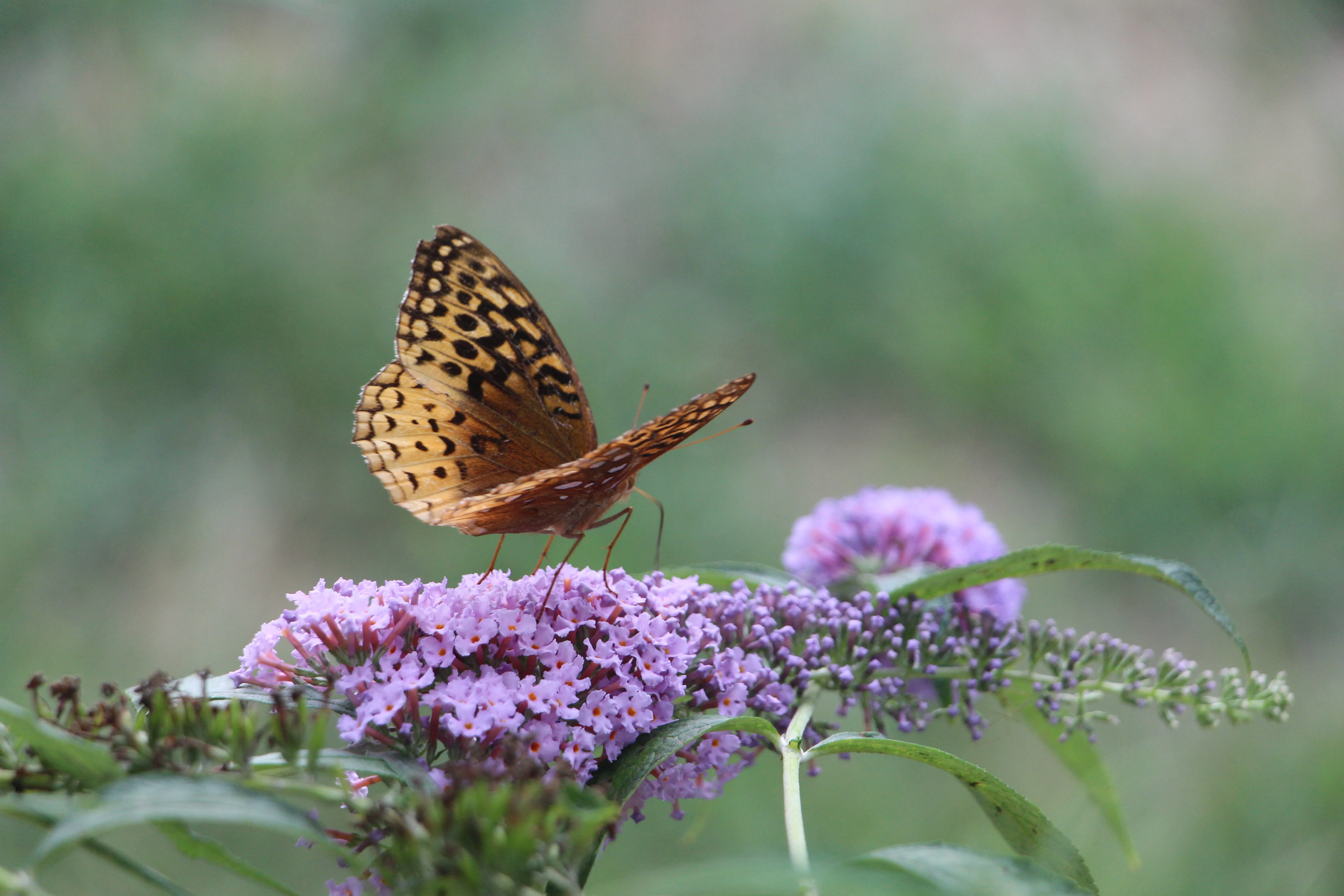
First Things First: Do a Little Detective Work
Before you even dream of heading to the nursery, you have to get to know your yard. Seriously, the pros never, ever skip this part. It’s the difference between a garden that flourishes and one that’s a constant, expensive struggle. We’re looking at three key clues: your soil, your sunlight, and your climate.
1. Get to Know Your Dirt
Soil is everything. You can buy the most expensive, perfect-looking shrub, but if you stick it in soil it hates, you’re just throwing money away. The two big things to figure out are its texture and its pH.
Texture (What’s it made of?): I always show new gardeners the old-school “jar test.” It’s easy. Just fill a big mason jar about halfway with soil from your garden, top it off with water, screw on the lid, and shake it like crazy. Let it sit for 24 hours. The heavier sand will settle on the bottom, followed by a layer of silt, and finally, a thin layer of clay on top. This gives you a surprisingly good snapshot of what you’re working with. Got a huge layer of clay? You’ll need plants that can handle
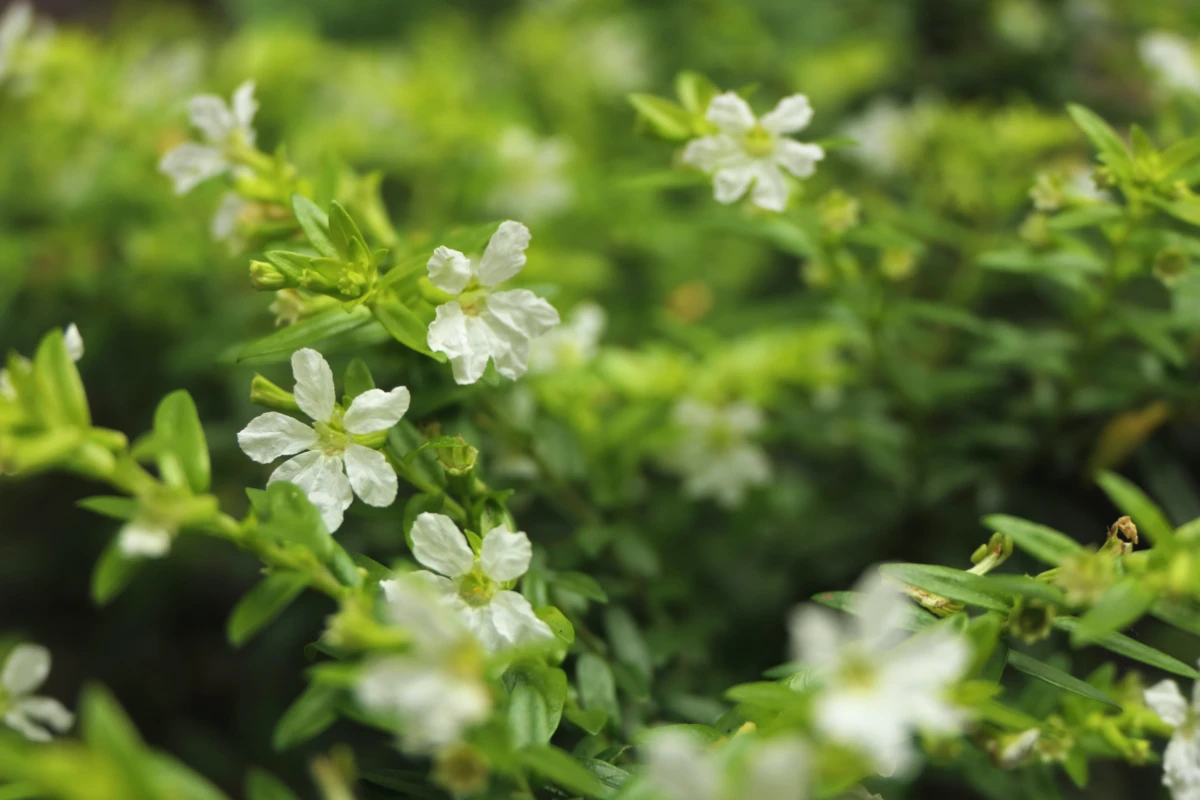
Inspiration:
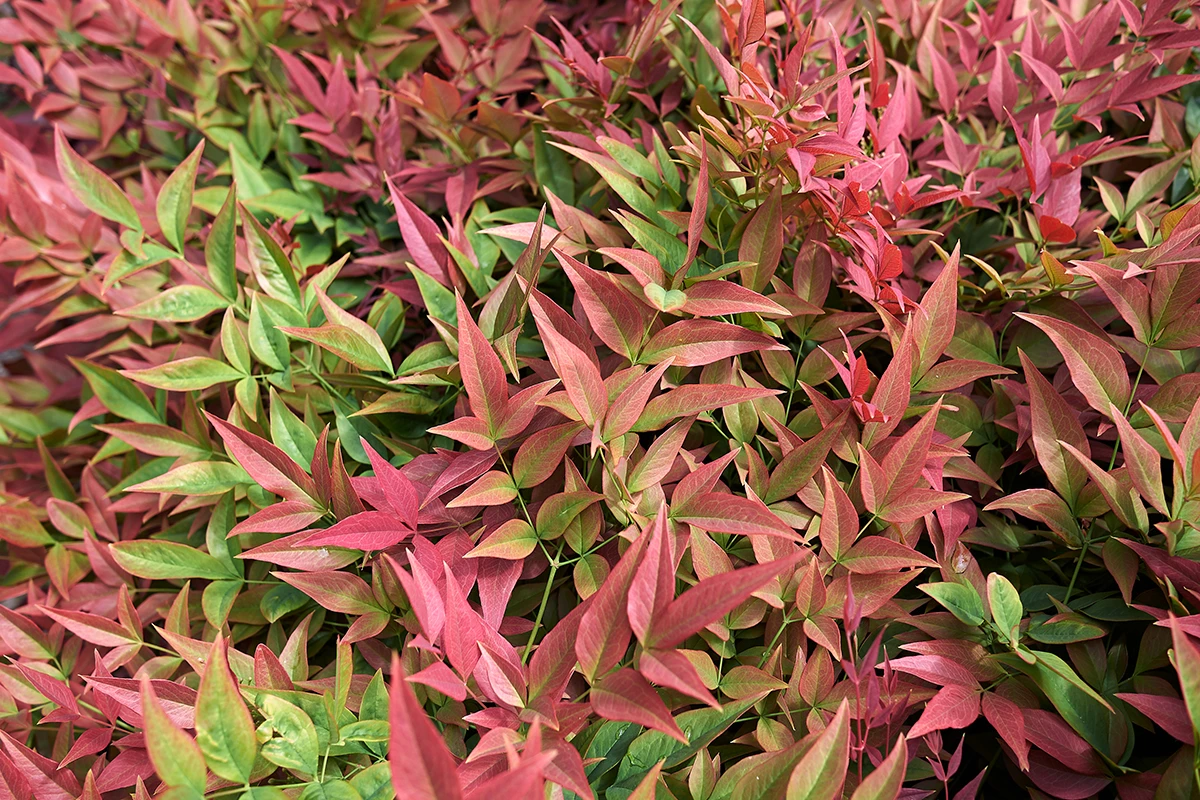
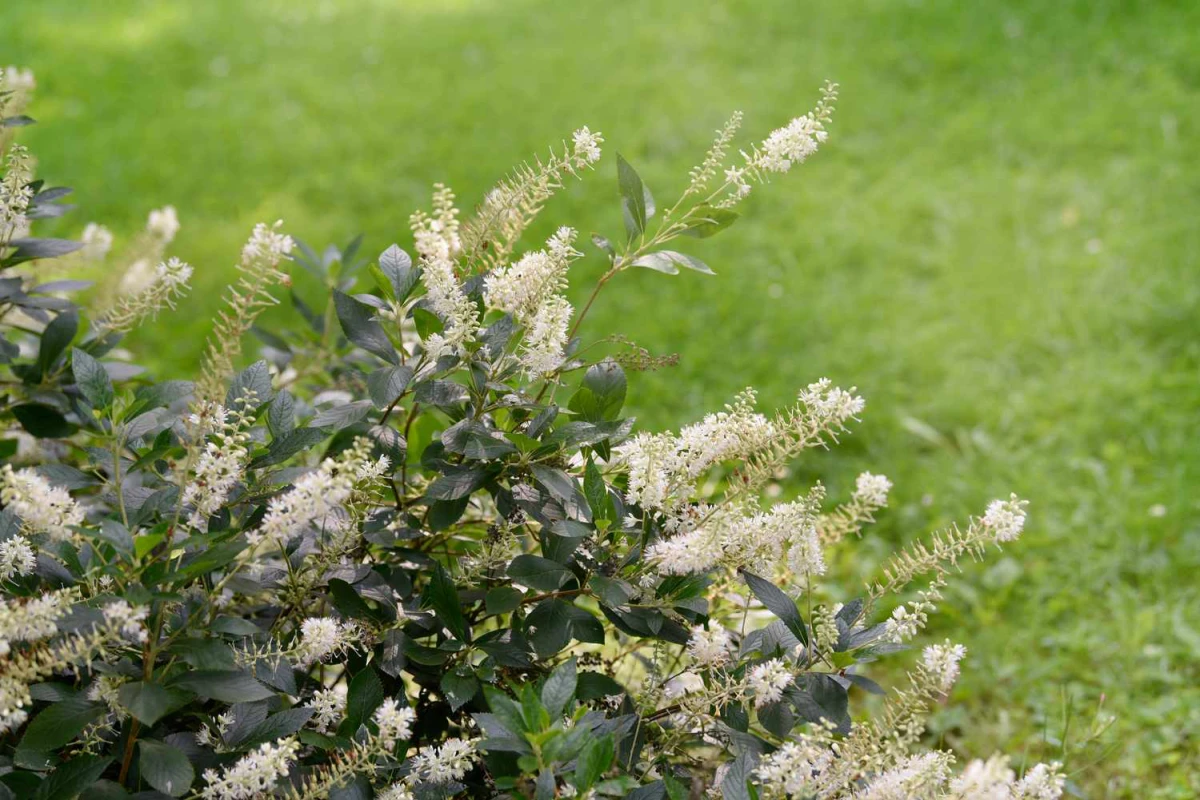
What’s the one thing pros do that guarantees a healthier shrub?
They check the roots before buying. Don’t be shy at the nursery. Gently slide the shrub out of its pot. You want to see a healthy network of light-colored roots. If you see a dense, circling mass of dark roots at the bottom, the plant is ‘root-bound.’ It will struggle to establish itself in your garden. If you must buy it, be sure to gently tease apart and even trim some of those circling roots before planting to encourage outward growth.
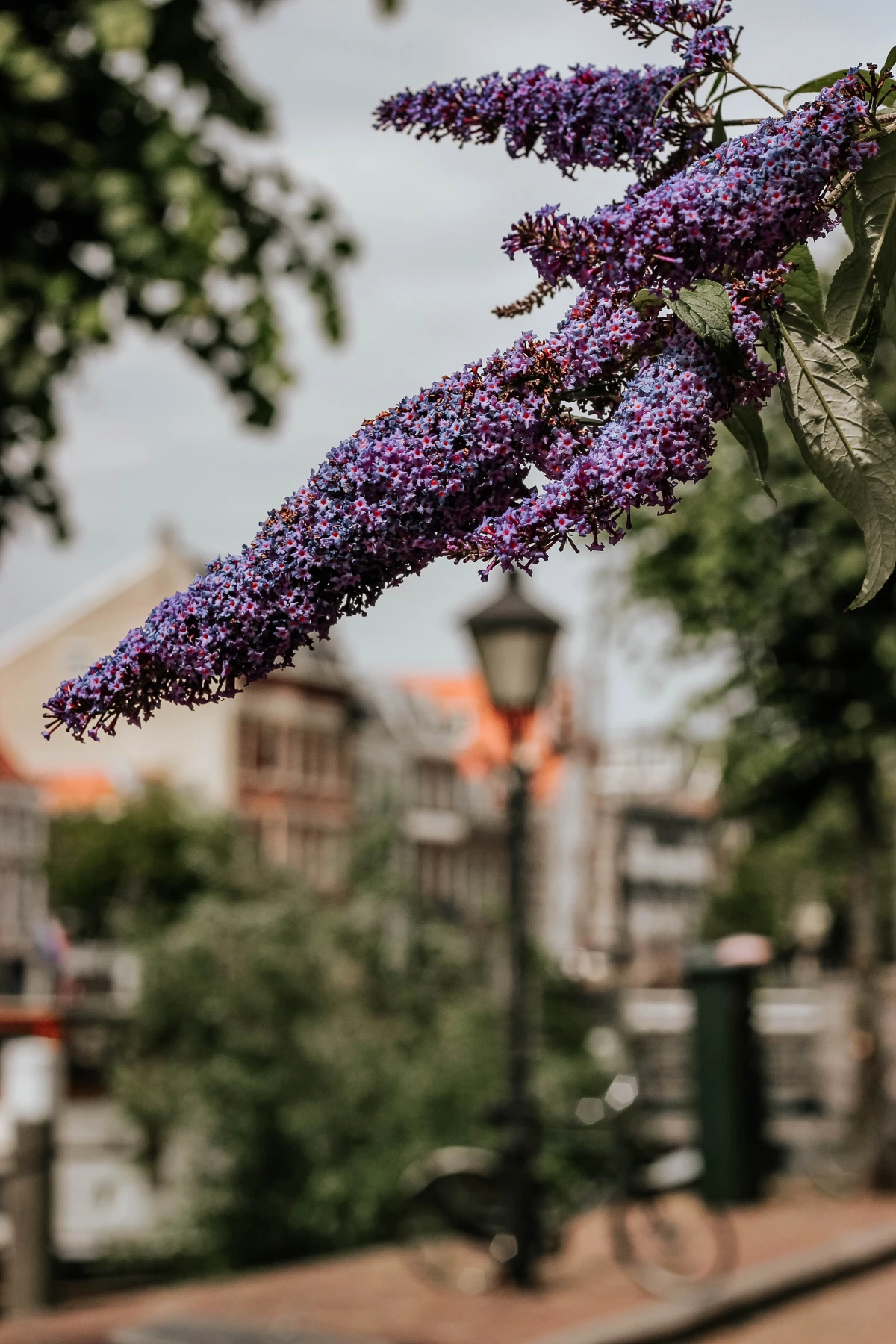
For year-round texture: Think beyond flowers. A successful low-maintenance garden has structure even in winter. The peeling bark of an Oakleaf Hydrangea (Hydrangea quercifolia) offers incredible visual interest against snow, while the tiered, architectural branches of a Doublefile Viburnum create beautiful horizontal lines. These features ensure your garden doesn’t look empty for half the year.
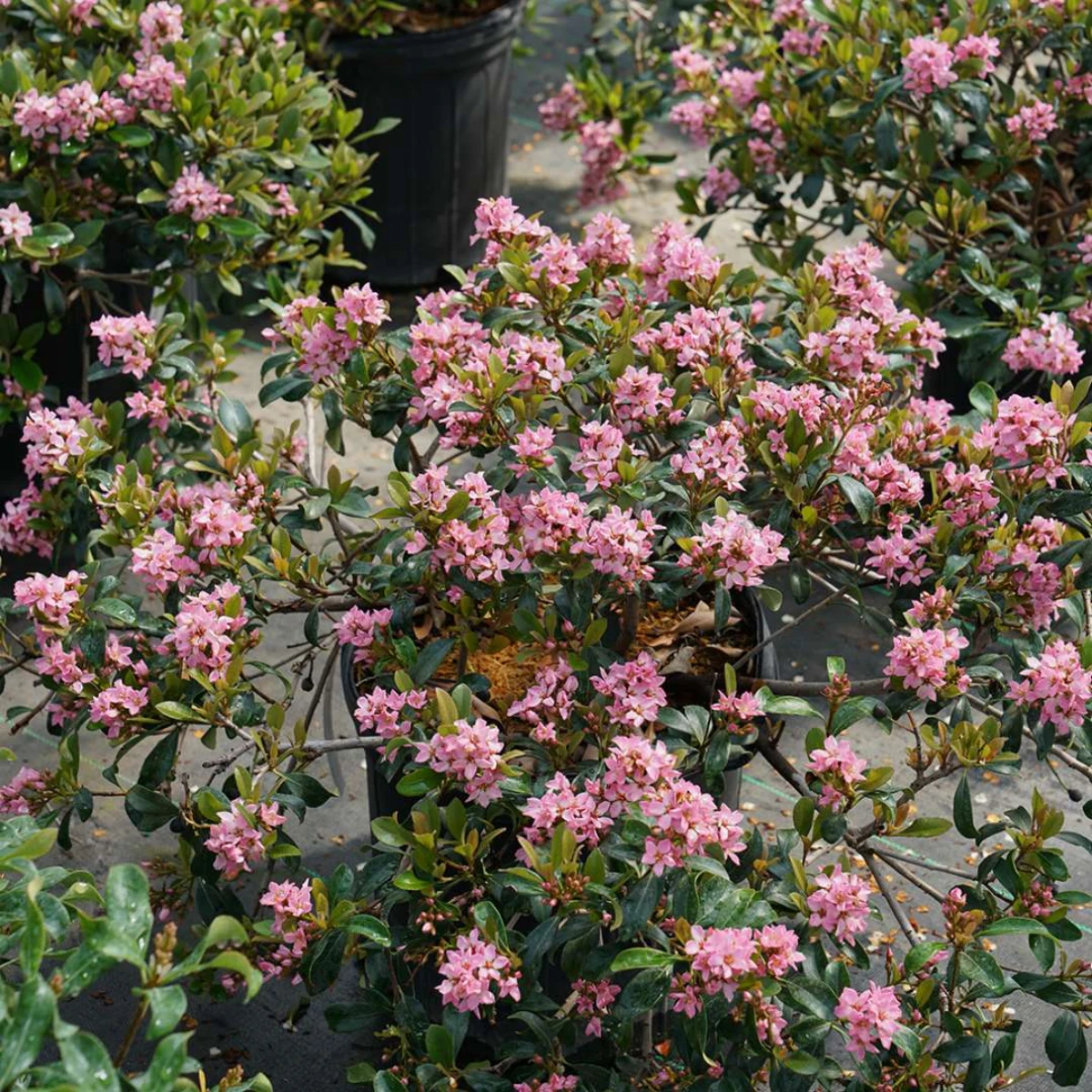
- Reduces transplant shock and helps roots establish faster.
- Boosts water retention, cutting down on your watering duties.
- Improves soil structure and encourages beneficial microbial life.
The secret? A simple planting hole amendment. When you dig your hole, mix the native soil you removed with a high-quality compost, like Black Kow or compost you’ve made yourself, at a 2:1 ratio (two parts soil to one part compost). This gives your new shrub the perfect start.
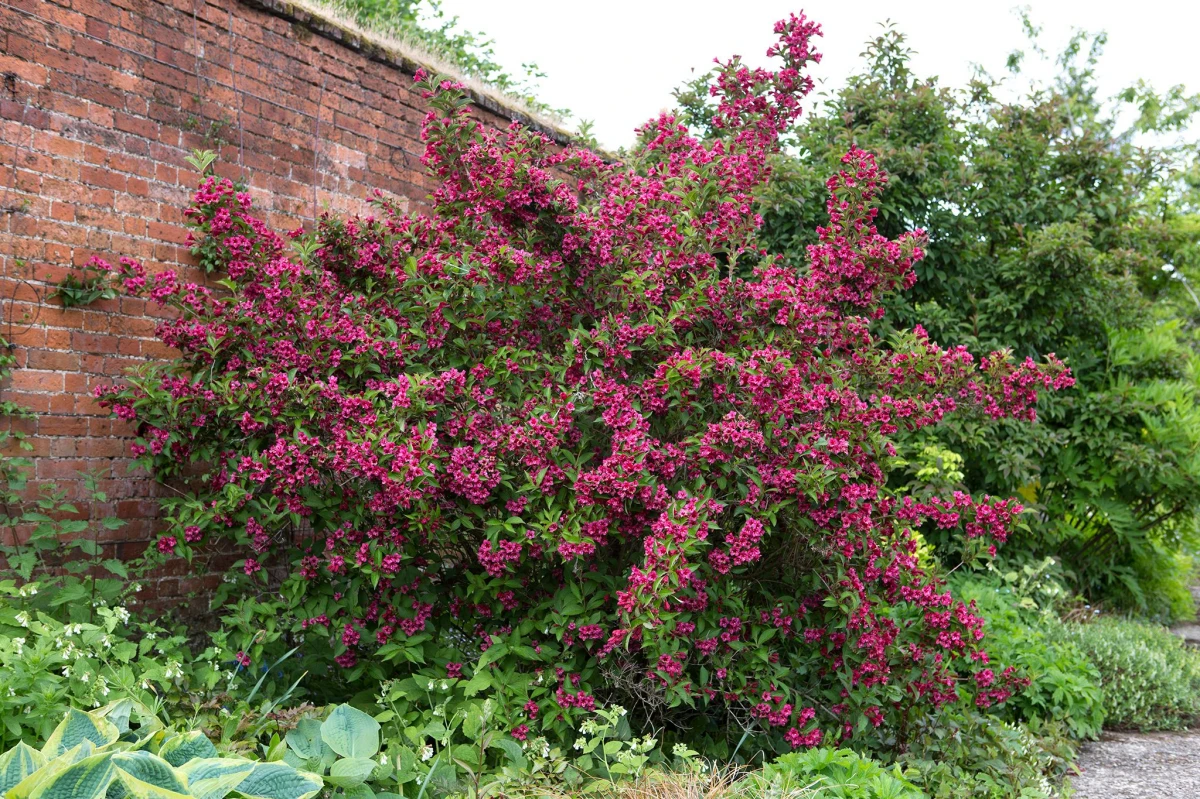
A study by the University of Sussex found that the common Butterfly Bush (Buddleia davidii) can attract up to 10 times more pollinators, like Red Admiral butterflies, than other shrubs.
Planting one is an almost instant way to create a lively, fluttering spectacle in your yard. For maximum impact, place it where you can see it from a window or patio. They thrive in full sun and well-drained soil, asking for very little in return for their vibrant, summer-long show.
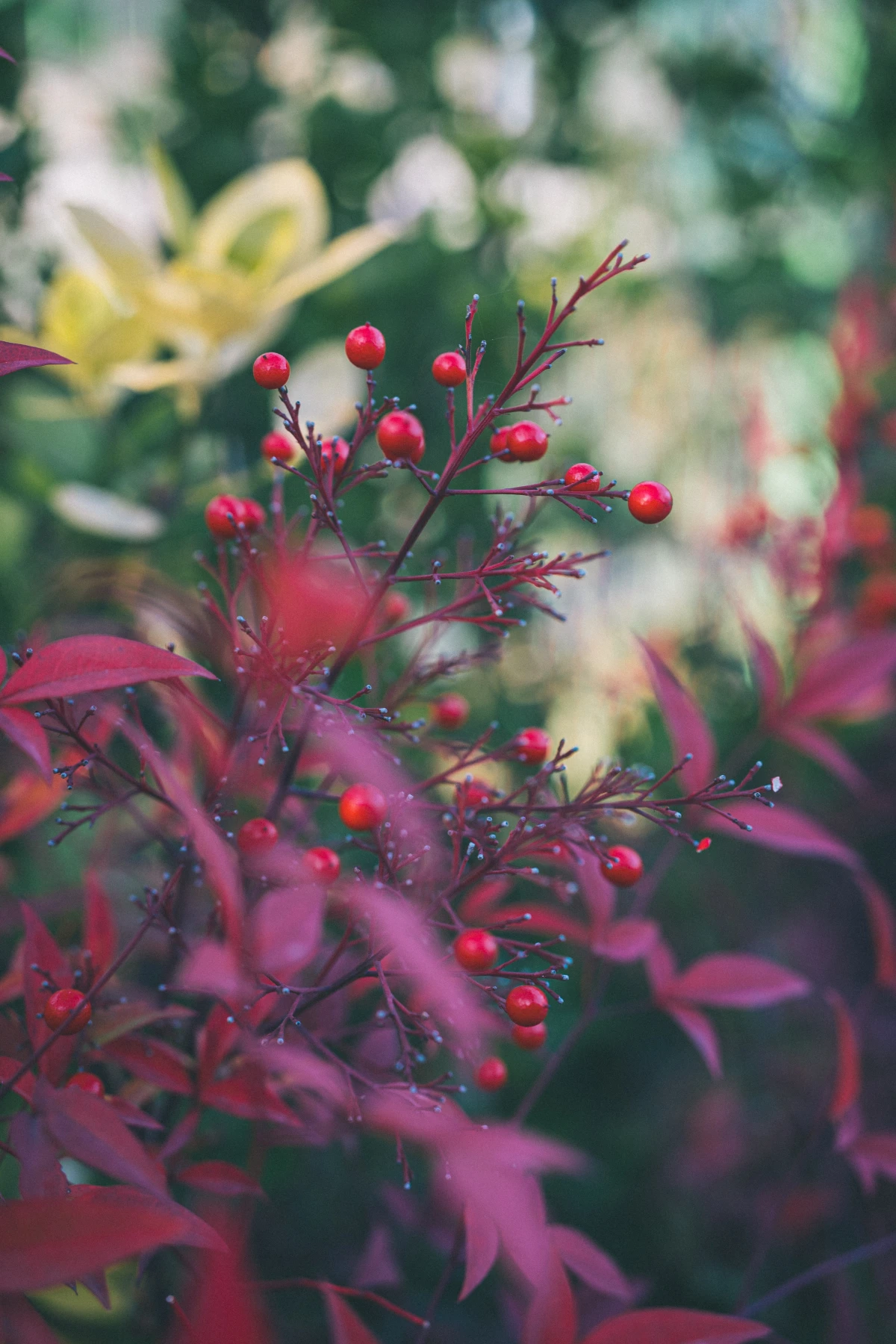
The right tool makes all the difference, turning a chore into a satisfying snip. For the light shaping that low-maintenance shrubs require, you don’t need a massive toolkit. Invest in one high-quality pair of bypass pruners—brands like Felco or Fiskars are gardener favorites for a reason. Their sharp, scissor-like action makes a clean cut that heals quickly, protecting your shrub from disease and stress.
Spirea vs. Potentilla: Which compact bloomer is for you?
Spirea (e.g., ‘Little Princess’): Offers dense clusters of pink or white flowers in late spring to mid-summer and often has fantastic fall foliage color. It’s exceptionally hardy and unfussy about soil.
Potentilla (e.g., ‘Goldfinger’): A workhorse that produces cheerful, buttercup-like flowers from late spring often until the first frost. It’s incredibly drought-tolerant once established, perfect for hot, sunny spots.
Both are tough and reliable, but for a longer bloom season, Potentilla is hard to beat.










